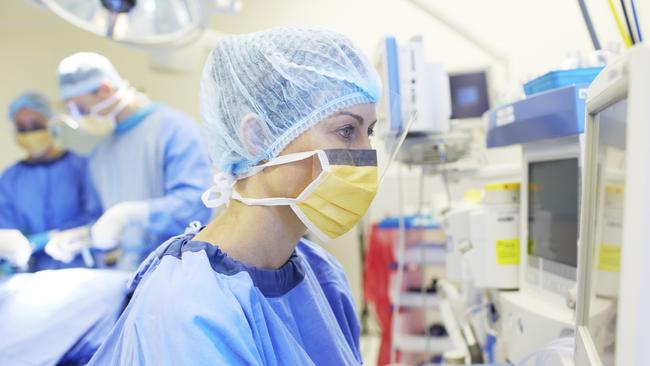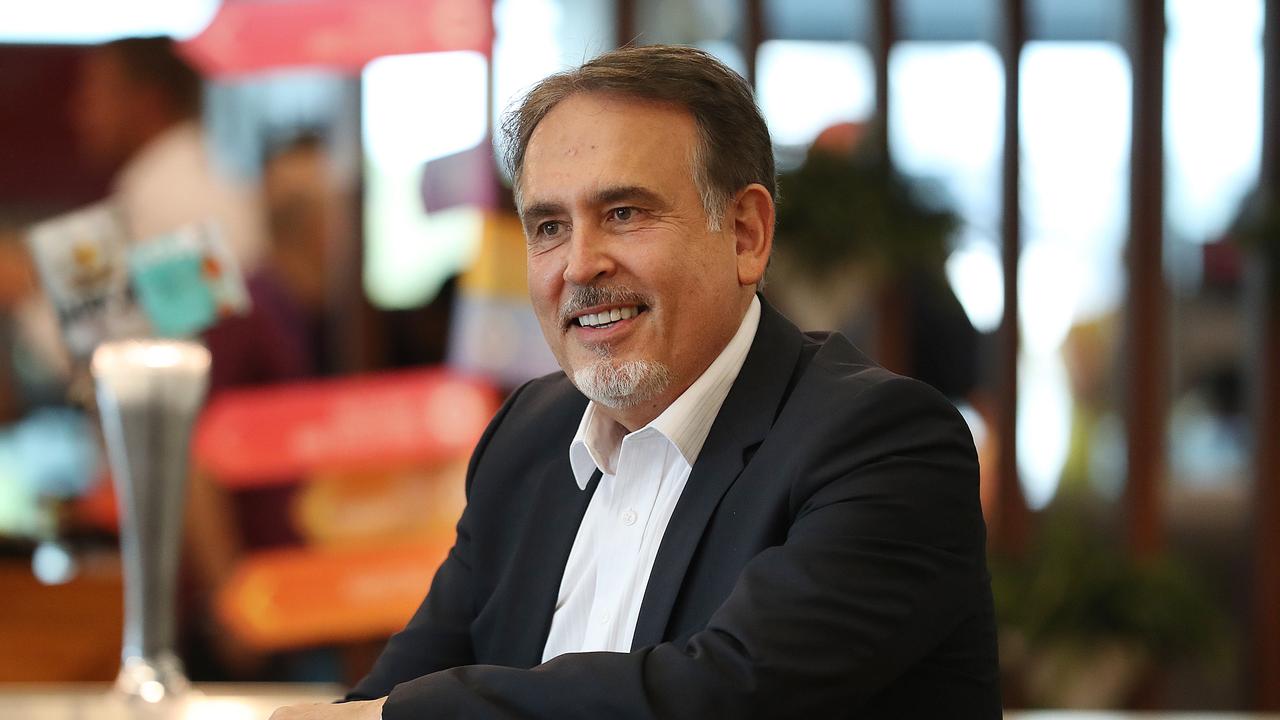Public hospitals keeping up with waiting lists amid drift from private healthcare
The drift of patients from private to public healthcare isn’t yet straining resources, analysts say.

Australia’s public hospital system has the capacity to meet increasing waiting lists, according to analysts, as volume growth in the private health system continues to slow.
In a new report, analysts at investment banks Credit Suisse said their analysis of the public system suggested there was sufficient "theoretical" capacity to account for the rise in absolute number of patients on waiting lists. But it added that an increase in the efficiency of public hospitals was required to ensure waiting list times remained steady.
The public system was not constrained to the point that large scale government reforms would occur, the report said.
The report comes as the private health system pushes for reform as more Australians turn away from private health insurance due to affordability concerns. Debate on the issue has highlighted that patients increasingly turning to the public system would put pressure on waiting lists and force the government to act.
The Credit Suisse team assessed both the operating theatre utilisation and elective surgery waiting lists of NSW, Queensland and Victoria’s public hospitals to determine whether the public system was keeping up with the higher demand.
“There is scope for improvement in operating theatre utilisation in public hospitals that currently run at 75 per cent to 80 per cent of capacity,” the Credit Suisse analysts said.
“Our analysis highlights continued rising demand for elective surgeries in public hospitals with volumes growing at 3 per cent annually since 2015,” the report said.
Around 95 per cent of patients in NSW and Queensland hospitals had surgery in the recommended time frame. Victoria had improved with around 90 per cent of surgeries completed within the recommended time frame.
“In our view, the data does not suggest any significant deterioration in the service levels of the public hospital system due to the increased demand, and there are no signs that these demand trends are likely to change,” Credit Suisse analysts said.
The investment bank’s report reviewed the impact of the trend in the public and private systems on Ramsay Health Care. It determined that with weaker private hospital volume growth, Ramsay needed to continue to focus on procurement savings in order to maintain flat Australian Hospital margin, in light of weaker industry pricing and case mix.
The report outlined that the analysts had estimated that Ramsay had around 76 per cent of its operating theatres exposure in NSW, Queensland and Victoria.
It was also highlighted that the number of elective hip and knee replacements performed in public hospitals increased 19 per cent per annum and 16 per cent per annum, respectively, since 2015.
“We view the high waiting lists for knee and hip replacements as positive for Ramsay as it highlights that there continues to be demand for elective orthopaedic surgery,” the analysts said.
“The one constraint limiting private elective orthopaedic surgery is out-of-pocket costs, and as yet, we have not seen an improvement in the level of out-of-pocket costs that private patients incur.”
Credit Suisse said Ramsay’s share price was now trading in line with its target price of $65. It upgraded its recommendation on the company from underperform to neutral.



To join the conversation, please log in. Don't have an account? Register
Join the conversation, you are commenting as Logout